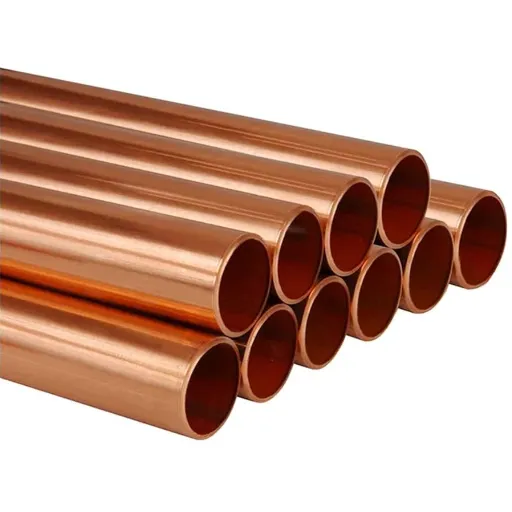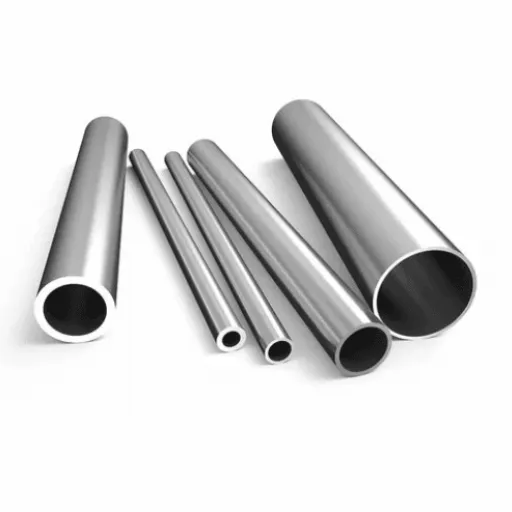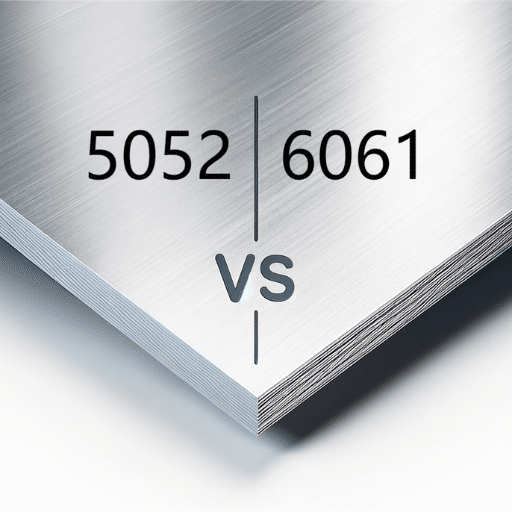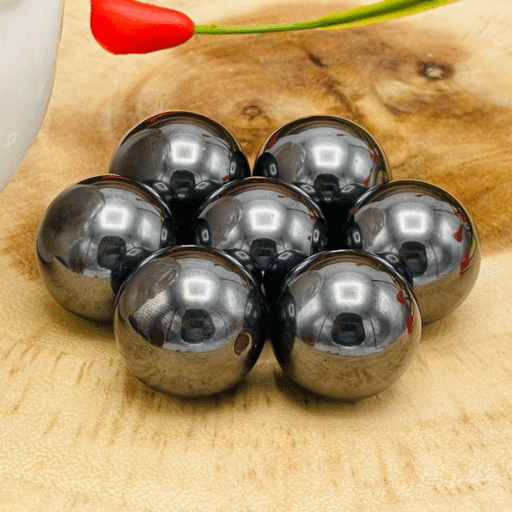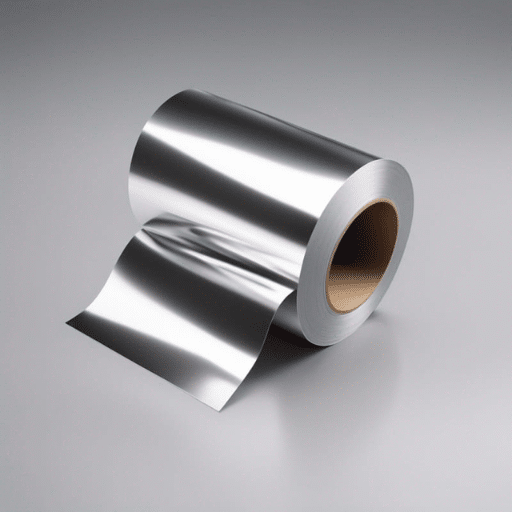Stainless steel is renowned for its durability, corrosion resistance, and adaptability across industries. This comprehensive guide explores the key differences between 410 and 304 stainless steel grades, helping you make the right choice for your specific application needs.
Understanding Stainless Steel Fundamentals
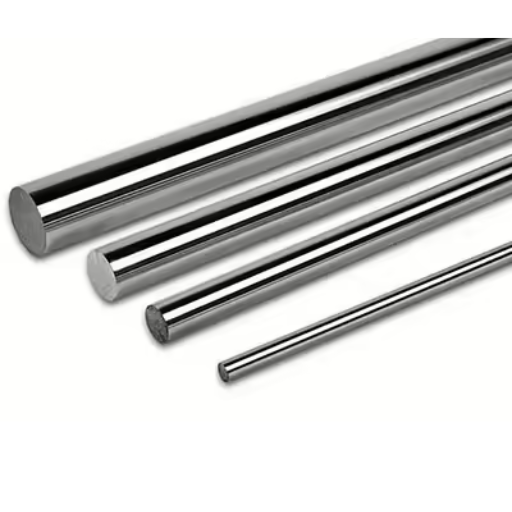
What Are Stainless Steels?
Stainless steels are iron-based alloys that possess remarkable rust and corrosion resistance properties. The key to their performance lies in a minimum chromium content of 10.5%, which forms a passive chromium oxide layer on the surface, preventing oxidation and providing long-lasting durability.
Additional alloying elements such as nickel, molybdenum, copper, and nitrogen are often added to enhance specific properties like strength, ductility, and corrosion resistance in harsh environments.
Stainless Steel Classification
Stainless steels are categorized into four main families based on their microstructure and alloying elements:
- Austenitic: Non-magnetic, excellent formability (e.g., Grade 304)
- Ferritic: Magnetic, good corrosion resistance, cost-effective
- Martensitic: Magnetic, hardenable, high strength (e.g., Grade 410)
- Duplex: Combines austenitic and ferritic properties
Key Insight: The choice of stainless steel grade directly impacts performance, cost, and suitability for specific applications. Understanding these classifications is crucial for optimal material selection.
Chemical Composition Analysis
| Element | 304 Stainless Steel (%) | 410 Stainless Steel (%) |
|---|---|---|
| Chromium (Cr) | 18-20% | 11.5-13.5% |
| Nickel (Ni) | 8-10.5% | None |
| Carbon (C) | Up to 0.08% | Up to 0.15% |
| Manganese (Mn) | Up to 2% | Up to 1% |
| Silicon (Si) | Up to 1% | Up to 1% |
304 Stainless Steel Composition
Austenitic Grade
- High chromium content (18-20%) for superior corrosion resistance
- Significant nickel content (8-10.5%) for enhanced ductility
- Low carbon content for improved weldability
- Balanced composition for versatile applications
410 Stainless Steel Composition
Martensitic Grade
- Moderate chromium content (11.5-13.5%)
- No nickel content, reducing cost
- Higher carbon content for increased hardness
- Heat-treatable for enhanced mechanical properties
Key Performance Differences
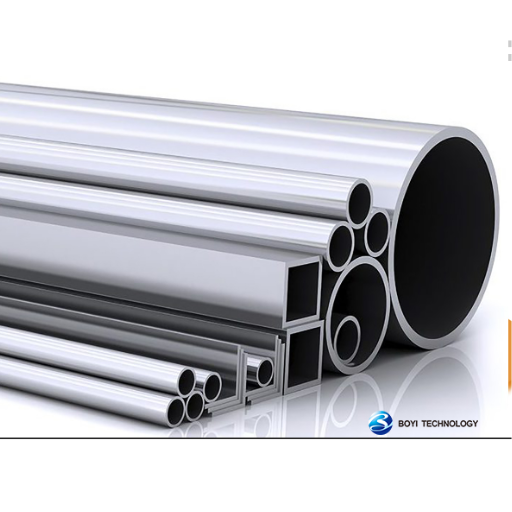
Corrosion Resistance Comparison
304 Stainless Steel demonstrates superior corrosion resistance due to its higher chromium and nickel content. This makes it ideal for:
- Marine environments with salt exposure
- Chemical processing applications
- Food and beverage industry
- High-moisture conditions
410 Stainless Steel offers moderate corrosion resistance, suitable for:
- Mild corrosive environments
- Indoor applications with controlled conditions
- Short-term exposure to moisture
- Applications prioritizing strength over corrosion resistance
Mechanical Properties Comparison
| Property | 304 Stainless Steel | 410 Stainless Steel |
|---|---|---|
| Tensile Strength | 505 MPa | 500-750 MPa |
| Yield Strength | 215 MPa | 275-440 MPa |
| Elongation | ~40% | ~20% |
| Hardness | Lower, more ductile | Higher, heat-treatable |
| Magnetic Properties | Non-magnetic | Magnetic |
Fabrication Characteristics
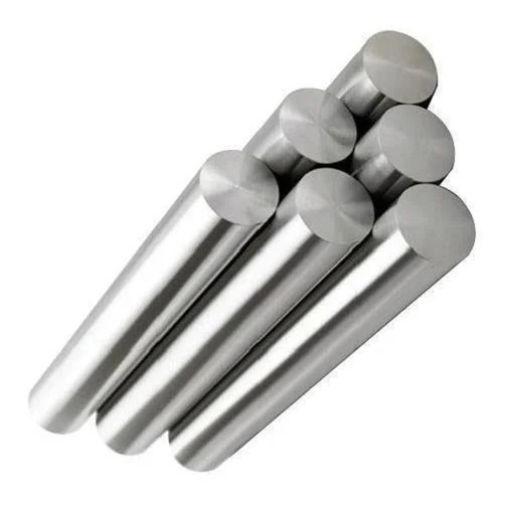
Formability and Weldability
304 Stainless Steel
- Excellent formability due to high ductility
- Easy to weld with standard techniques (TIG, MIG)
- No pre-heating or post-weld treatment required
- Maintains properties after forming operations
- Suitable for complex geometries
410 Stainless Steel
- Limited formability due to higher hardness
- Requires pre-heating and post-weld treatment
- Risk of cracking during welding
- More difficult to machine when hardened
- Best suited for simpler geometries
Industrial Applications
304 Stainless Steel Applications
- Food & Beverage Industry: Processing equipment, storage tanks, kitchen appliances
- Medical Equipment: Surgical instruments, hospital equipment, implantable devices
- Chemical Processing: Reaction vessels, piping systems, storage containers
- Architectural Applications: Building facades, handrails, decorative elements
- Automotive: Exhaust systems, trim components, decorative finishes
- Renewable Energy: Solar panel components, wind turbine parts
410 Stainless Steel Applications
- Cutlery: Kitchen knives, cutting tools, blade manufacturing
- Industrial Components: Pump shafts, valves, fasteners
- Surgical Instruments: Scissors, forceps, dental tools
- Petrochemical Industry: High-stress components, wear-resistant parts
- Automotive: Engine components, transmission parts
- Construction: Structural fasteners, hardware components
Advantages and Limitations
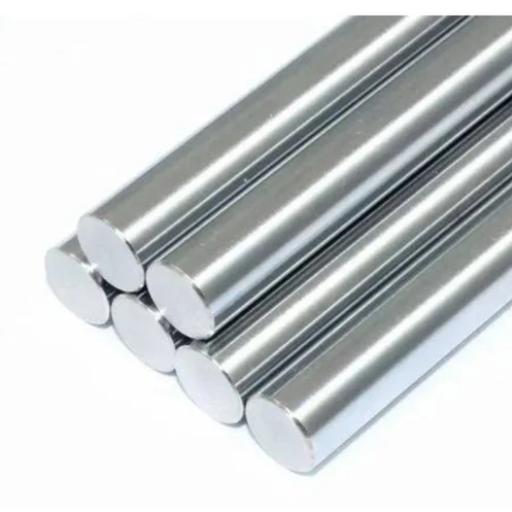
304 Stainless Steel Benefits
- Excellent corrosion resistance in various environments
- High-temperature performance capability
- Easy fabrication and welding
- Attractive aesthetic finish
- Hygienic properties for food/medical use
- Non-magnetic properties
Limitations
- Higher cost due to nickel content
- Susceptible to stress corrosion cracking in chloride environments
- Lower strength compared to martensitic grades
410 Stainless Steel Benefits
- High strength and hardness
- Excellent wear resistance
- Heat-treatable for property enhancement
- Good machinability
- Cost-effective (no nickel content)
- Magnetic properties when needed
Limitations
- Limited corrosion resistance compared to 304
- Prone to brittleness after heat treatment
- Difficult welding requirements
- Lower ductility limits forming operations
Selection Guidelines
Choose 304 Stainless Steel When:
- Superior corrosion resistance is required
- Working in marine or chemical environments
- Food safety and hygiene are critical
- Complex forming operations are needed
- Non-magnetic properties are essential
- Aesthetic appearance is important
Choose 410 Stainless Steel When:
- High strength and hardness are priorities
- Wear resistance is critical
- Operating in mildly corrosive environments
- Cost optimization is important
- Magnetic properties are beneficial
- Heat treatment capability is needed
Cost Considerations
The cost difference between 304 and 410 stainless steel primarily stems from their composition. 304’s higher nickel content makes it more expensive, while 410’s nickel-free composition offers a more economical solution. However, the total cost of ownership should consider:
- Initial material costs
- Fabrication and processing expenses
- Maintenance and replacement frequency
- Performance in the intended environment
References
-
High-Temperature Characteristics of Stainless Steel – A detailed document comparing the toughness and temperature resistance of stainless steel grades, including 410 and 304.
-
A Comparison of Stainless Steel Pipe Types – A resource discussing the properties and applications of various stainless steel grades.
-
The Ultimate Guide to Choosing the Right Stainless Steel – A guide explaining the differences in corrosion resistance and composition between stainless steel types.
-
Mechanical Properties and Corrosion Behavior of Stainless Steel – A study on the mechanical properties and corrosion resistance of stainless steel grades, including 410 and 304.
Frequently Asked Questions (FAQ)
What differences set 410 from 304 stainless steel?
The key differences between 410 and 304 stainless steel lie in their composition and properties. 304 stainless steel, being an austenitic alloy, contains a higher amount of nickel than 410 stainless steel and thus has better corrosion resistance. 410 stainless steel, being a martensitic alloy, has the benefit of strength and hardness. Whereas 304 is suitable in corrosive environments, 410 finds more application where the emphasis is placed on strength and wear resistance.
Corrosion resistance-related differences between 304 stainless steel and 410?
304 stainless steel has better corrosion resistance than 410 stainless steel. With a higher content of chromium and nickel, the stainless steel type 304 fights well against pitting and crevice corrosion, which makes it very common in food processing and other corrosive environments. 410, meanwhile, possesses decreased corrosion resistance in aggressive environments and thus has restricted applications.
Mechanical properties? What about AISI 304 stainless steel and AISI 410 stainless steel?
AISI 304 stainless steel is noted for excellent ductility and toughness, whereas AISI 410 stainless steel is known for strength and hardness. Better elongation of 304 and impact resistance allows it to be formed. However, 410 stainless steel is much stronger, but it is prone to stress corrosion cracking.
In which applications is 410 stainless steel used when compared to 304?
Use of the 410 stainless steel alloy occurs mostly in applications where strength and wear resistance are required: cutlery, surgical instruments and valve parts. In contrast, 304 stainless steel has extensive application in food processing, kitchen equipment, and chemical containers due to its superior corrosion resistance and cleanliness. Each alloy gets picked depending upon the exact requirements of performance.
How does the hardness of 410 stainless steel compare with 304?
The martensitic structure of 410 stainless steel renders it generally harder than the 304 stainless steel, much harder when subjected to certain heat treatment processes. Due to its higher hardness, 410 is applied wherever high wear resistance is always needed. On the contrary, 304 stainless steel is softer and more ductile and hence easier to fabricate and form.
What is the significance of chromium and nickel content in 304 and 410 stainless steels?
Chromium and nickel content govern the behavior of both alloys though. 304 stainless steel is generally made of 18% chromium and 8% nickel, which accounts for the austenitic nature and an excellent corrosion resistance. However, 410 stainless contains about 12% chromium and no nickel which accounts for lesser corrosion resistance and correspondingly more hardness and strength for which it is selected in particular applications.
Can 410 stainless steel be used in high-temperature applications compared to 304?
Yes, but 410 stainless steel does have limitations in high-temperature applications. While it can withstand higher temperatures than 304 in certain given situations, it may begin losing part of its corrosion resistance. 304 stainless steel, with its austenitic structure, really outperforms in extreme environments-so for high-temperature applications, it is the recommended choice.
What are the advantages of using stainless steel 304 and 410?
Stainless steel 304 has an excellent corrosion resistance which is suitable for a wide range of applications, especially in food processing and chemical industries. Besides, it is good in formability and weldability. On the other side, 410 is strong and hard, therefore, suited for applications in need of strength and wear resistance, such as cutlery and tools.

